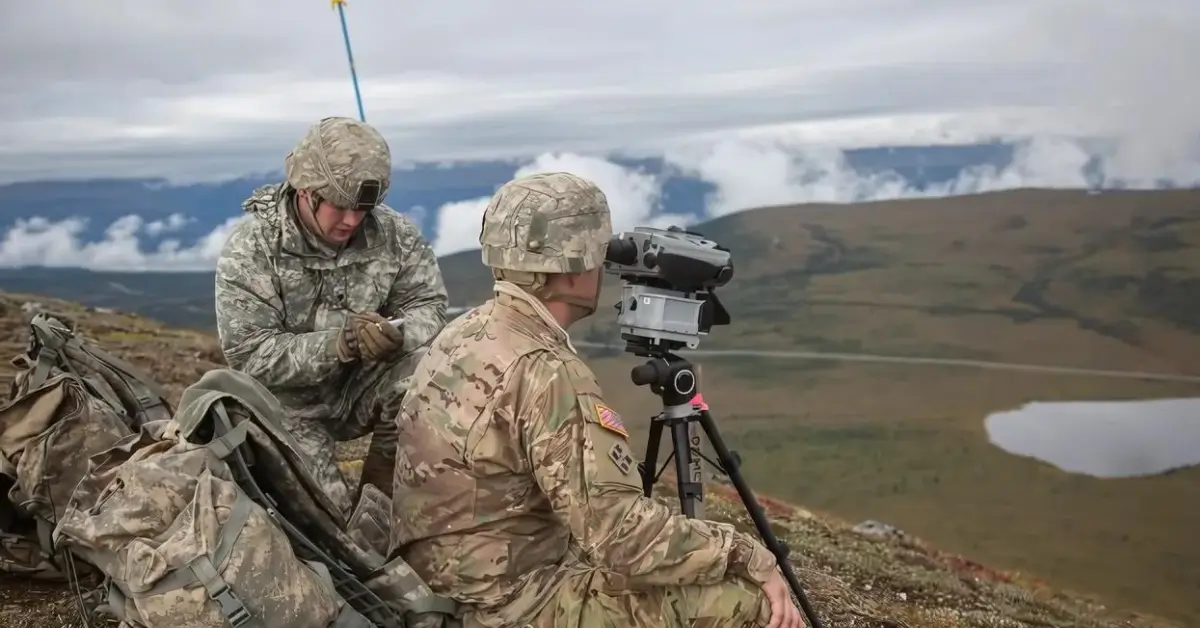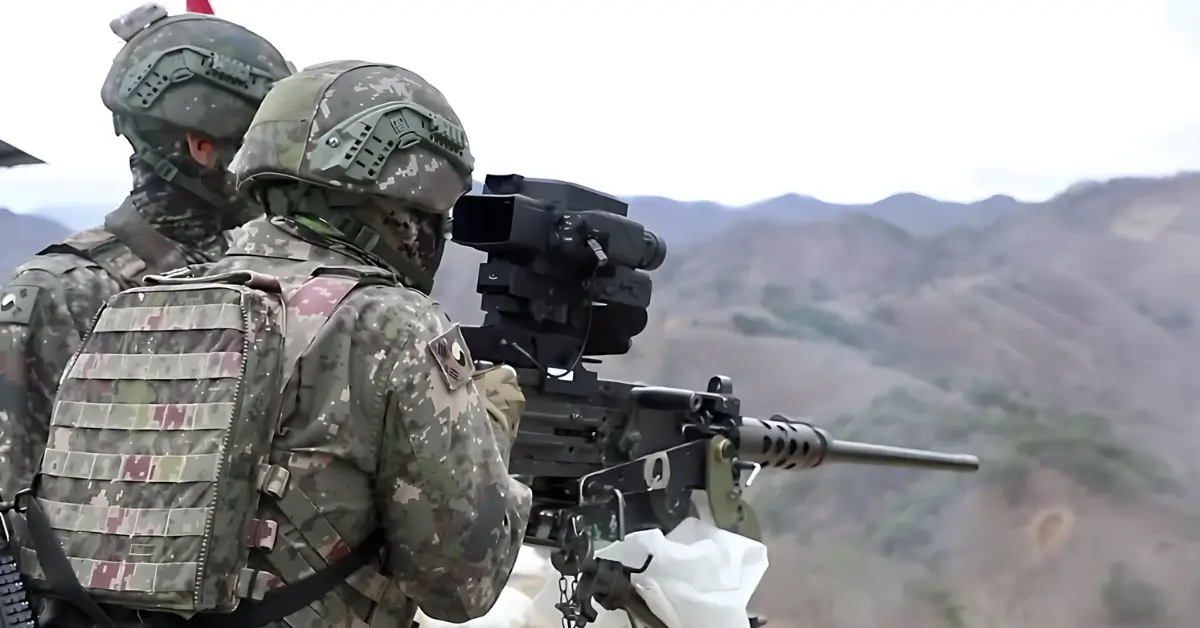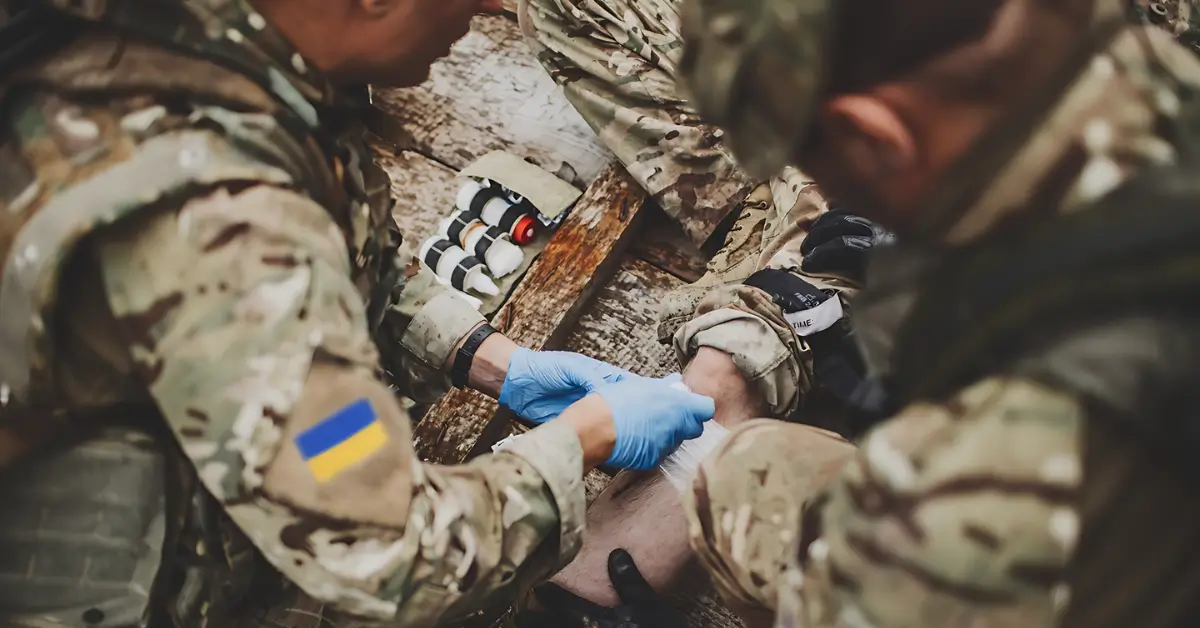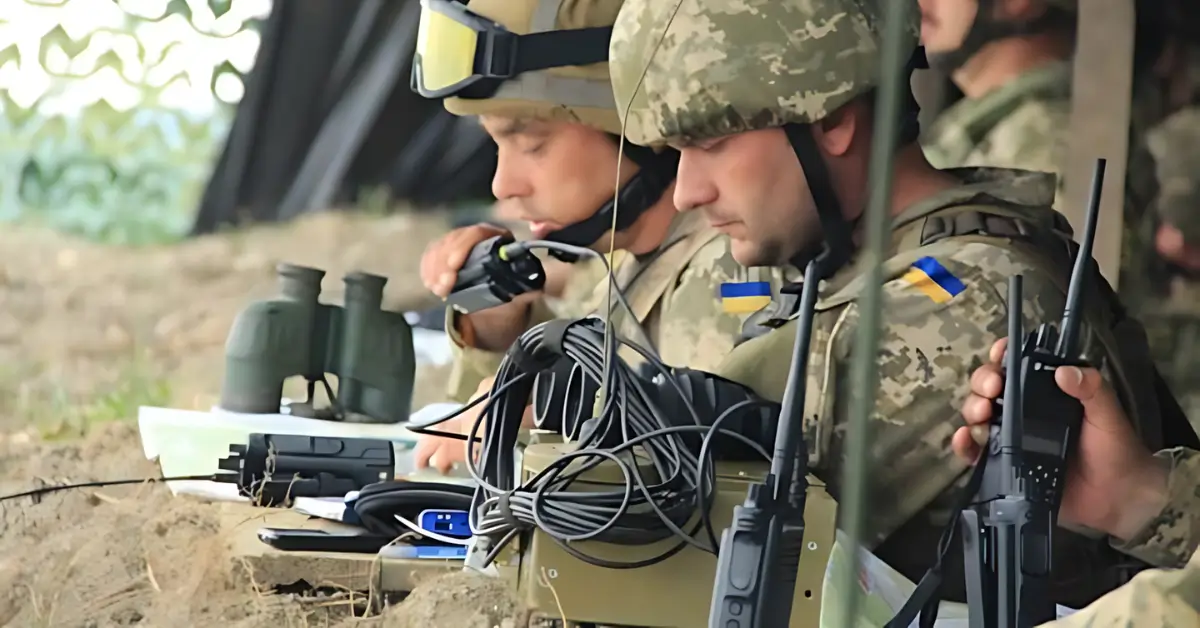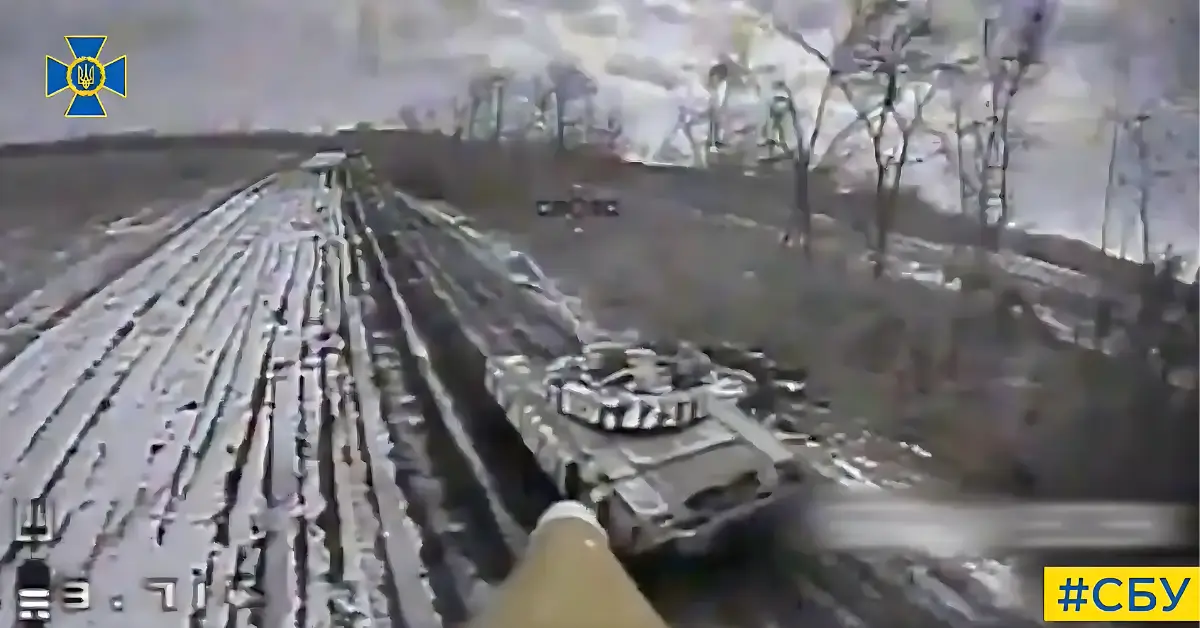Laser range finders (LRFs) are important tools used by military, special forces, and law enforcement. They provide precise distance measurements which are crucial for mission success. LRFs enable rapid and accurate target acquisition, reconnaissance, and tactical planning in various environments by using laser pulses to calculate distances. This blog explores the different types of tactical LRFs, their tactical applications, emerging technologies, as well as their advantages and limitations in critical operations.
What is a Laser Range Finder?
A laser range finder measures the distance to a target using laser pulses. The device sends a laser beam to the object and calculates the time it takes for the beam to reflect, providing a precise distance measurement within seconds. This real-time data is critical in high-pressure environments, where minor inaccuracies can alter mission outcomes.
Types of Laser Range Finders: Technical Overview
Pulsed Laser LRFs
These LRFs emit short laser pulses and measure the time it takes for them to return. They offer highly accurate measurements over long distances, making them essential for sniper engagements and artillery targeting. However, environmental factors like fog and dust can affect accuracy.
Triangulation-Based LRFs
These LRFs calculate angles between the target and two fixed points. They are more suited for short-range operations, especially in urban settings where precision is needed. Triangulation systems are also less affected by adverse weather.
Beam Divergence and Laser Quality
The precision of a laser rangefinder depends heavily on the rise and fall time of the laser pulse. High-quality rangefinders, often military-grade, use sharp laser pulses and fast detectors. This enables them to measure distances accurately down to a few millimetres. However, over long distances, the narrow beams begin to spread due to beam divergence. The quality of a rangefinder is often measured by how far the beam can travel before spreading. Factors such as air bubbles in the atmosphere and obstacles like leaves and branches can affect the beam’s path, causing premature reflections and inaccurate distance readings. As the beam spreads, parts of it may hit unintended objects, leading to early returns.
Core Tactical Applications of LRFs
Target Acquisition and Engagement
In combat, LRFs are vital for precise target acquisition. Snipers, artillery teams, and forward observers use them to obtain exact distance readings, ensuring accurate fire adjustments. Integrating LRFs into weapons systems or tactical networks enables fast target acquisition and coordination with assets like UAVs and precision-guided munitions.
Reconnaissance and Surveillance
Special forces and reconnaissance units use LRFs to gather intelligence from a safe distance. Measuring exact distances to enemy positions or key landmarks is invaluable for mission planning. When combined with thermal or night vision, LRFs allow covert operations in low-visibility environments.
Urban Policing and Tactical Operations
LRFs are equally valuable for urban policing. SWAT teams and police officers can quickly determine distances to suspects, vehicles, or entry points, aiding tactical planning. This capability helps with perimeter setups, hostage rescues, and minimising risks during operations.
The Advantages of Modern Laser Range Finders
Accuracy and Precision
Modern LRFs offer highly accurate distance measurements, with margins of error as small as one metre. This precision is critical for long-range operations, ensuring first-shot accuracy and minimising collateral damage.
Magnification for Long-Range Targeting
Integrated magnification optics in LRFs allow operators to zoom in on targets while simultaneously measuring their distance. This is particularly useful for snipers who need long-range optics and precise data.
Night Vision and Thermal Capabilities
Advanced LRFs often include night vision and thermal imaging, allowing operations to continue even in darkness or adverse weather. This is crucial for stealth and precision in military and law enforcement tasks.
Emerging Technologies in Laser Range Finders
Connectivity and Integration
Modern LRFs offer Bluetooth and Wi-Fi connectivity, enabling real-time data transfer to mobile devices or command centres. This ensures rapid decision-making and enhanced coordination.
System Integration for Target Acquisition
LRFs are increasingly integrated into larger target acquisition systems, communicating with UAVs, artillery, and precision strike platforms for seamless coordination.
GPS, Compasses, and Inclinometers
Some LRFs come with GPS, digital compasses, and inclinometers, turning them into comprehensive navigation and targeting aids. These features allow precise plotting of waypoints and movements, enhancing operational efficiency.
Balanced Perspective: Potential Limitations of LRFs
배터리 수명
Many advanced LRFs are power-intensive, especially those with GPS or night vision features. Operators must be mindful of battery conservation and carry spares.
Performance in Adverse Weather
Conditions like heavy rain or fog can reduce the effectiveness of laser pulses. Operators should be trained to adjust to weather conditions, and alternative range-finding methods should be available.
Countermeasures
Adversaries could deploy countermeasures like laser jamming, which can affect LRF accuracy. Combining LRFs with optical and thermal sensors can mitigate these risks.
Maintenance and Training
Regular maintenance and proper handling of LRFs are crucial for operational readiness. Dust, dirt, and rough handling can affect their accuracy. Operators must be trained in the care and calibration of LRFs.
Selecting the Right LRF for Your Mission
Range Capability: The LRF should meet your needs, from urban to long-range engagements.
Magnification and Night Vision: Integrated optics are helpful in low-light and long-range scenarios.
Durability and Portability: LRFs should be rugged yet lightweight.
Connectivity: Opt for LRFs that seamlessly integrate with tactical platforms for real-time coordination.
GPS and Navigation: LRFs with integrated GPS provide precise location data, enabling accurate positioning, waypoint plotting, and enhanced mission coordination.
Enhancing Mission Readiness with LRFs
LRFs are critical for tactical awareness, target acquisition, and mission success. From snipers calculating long-range shots to law enforcement planning tactical operations, LRFs provide precision and versatility. MSS Defence offers cutting-edge Laser Range Finder technology to meet the unique challenges of military and law enforcement professionals. For additional information and personalised advice, please contact us today.
